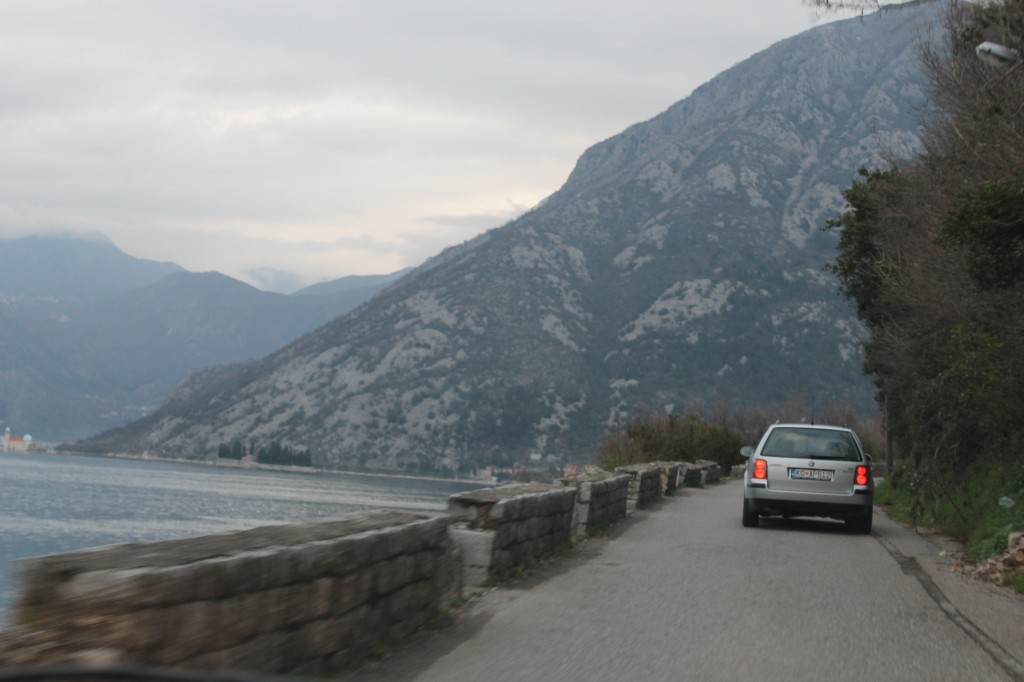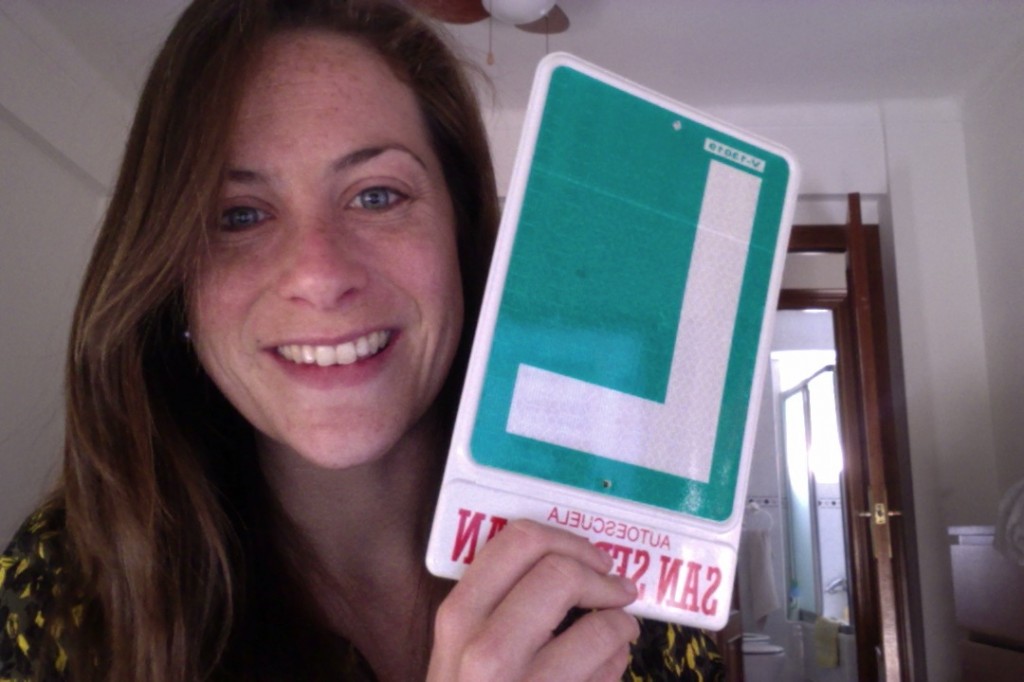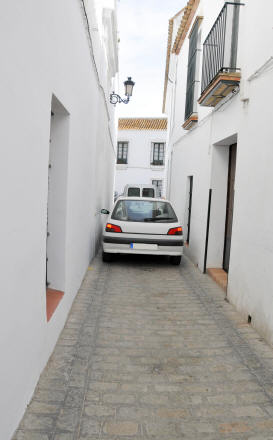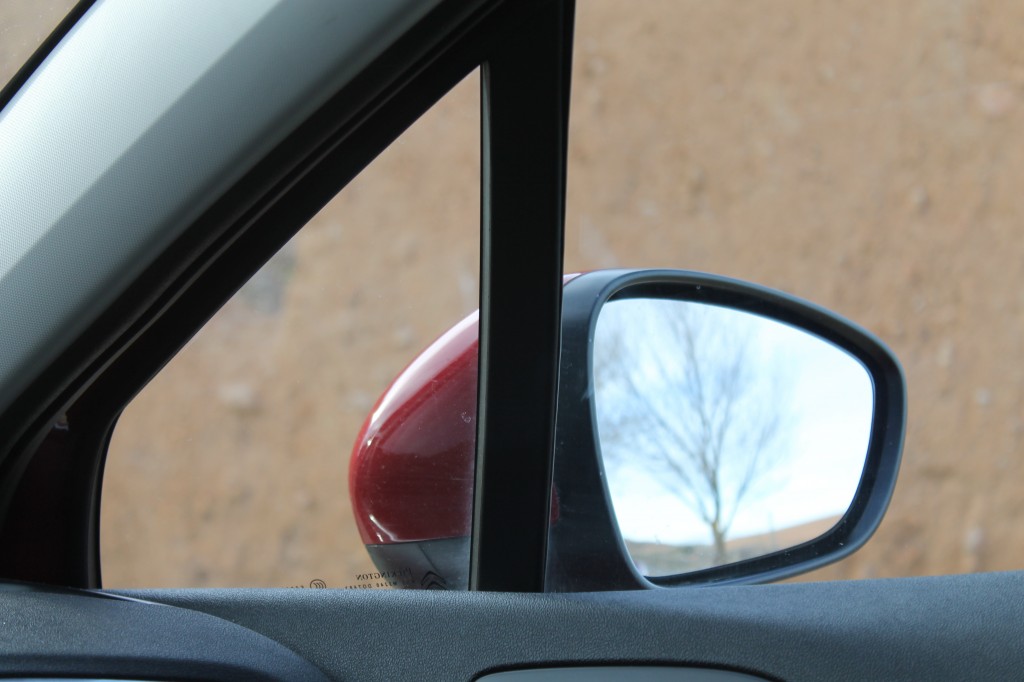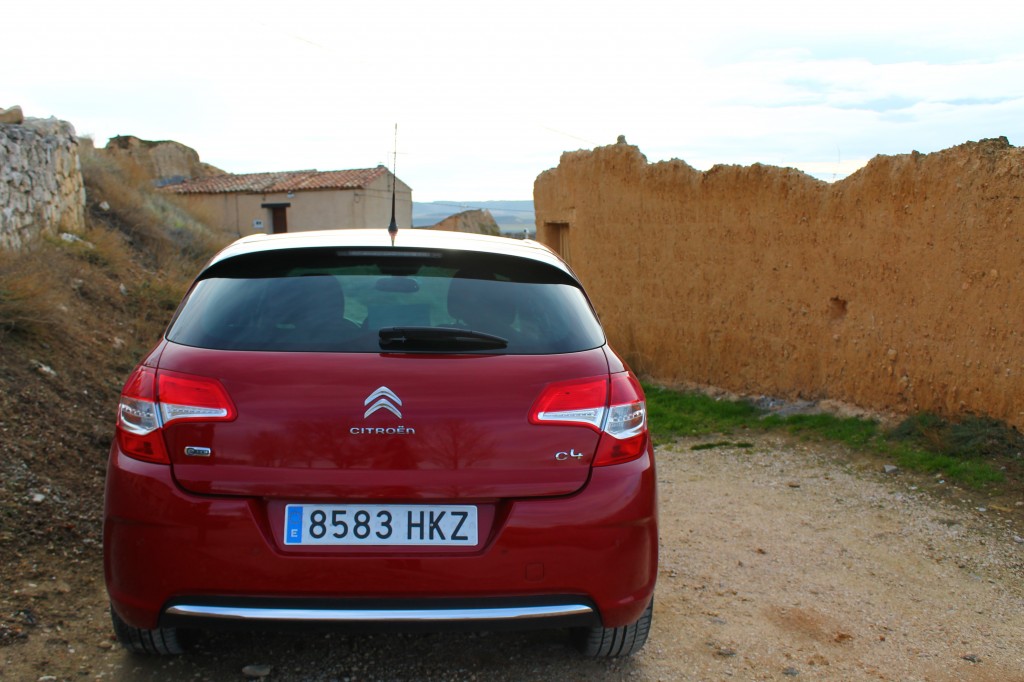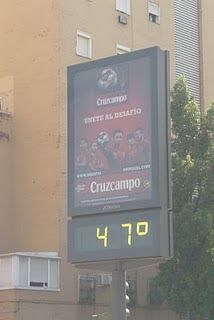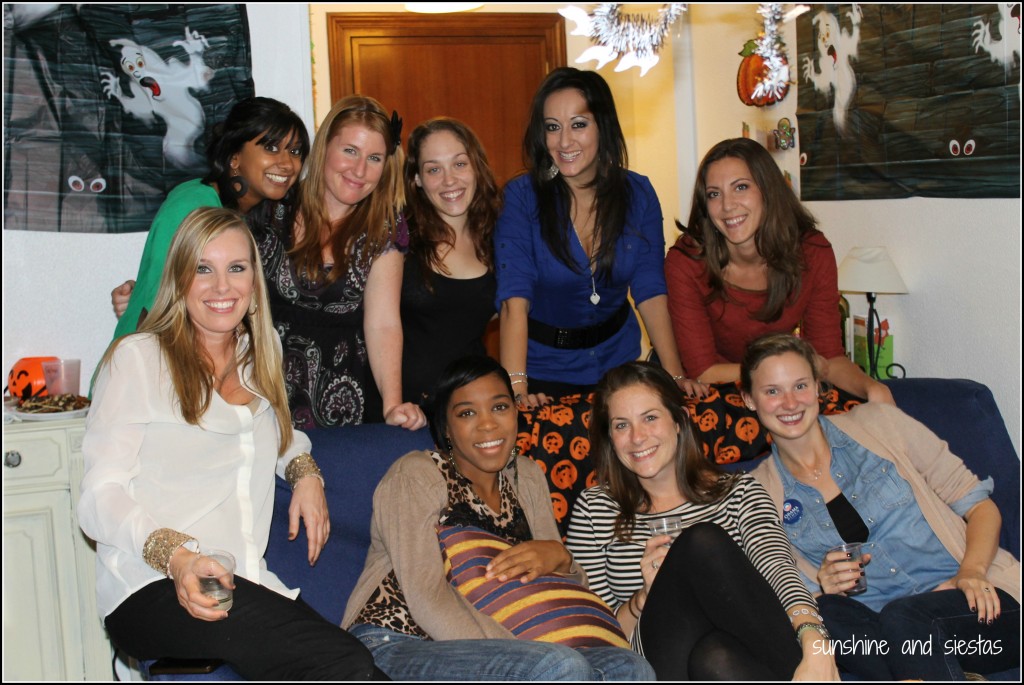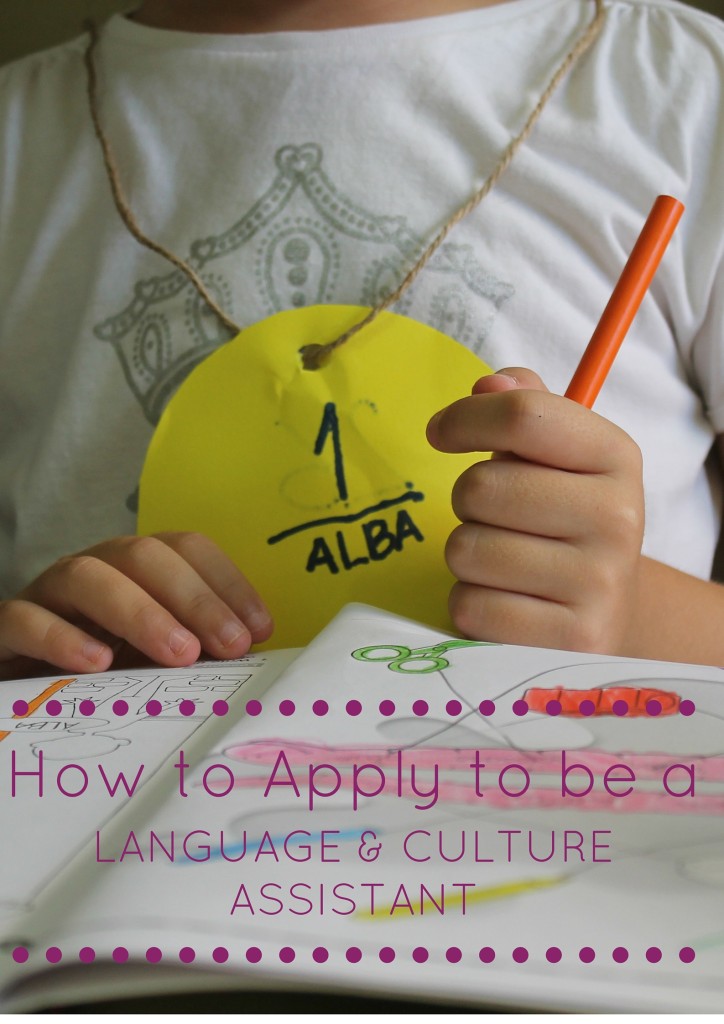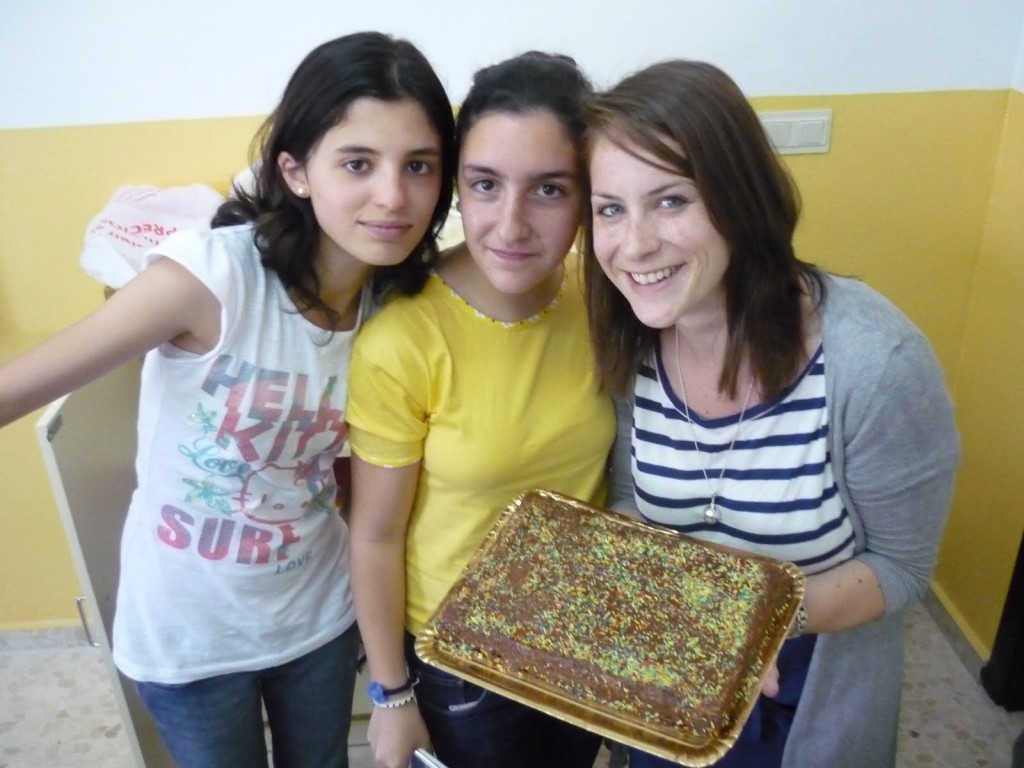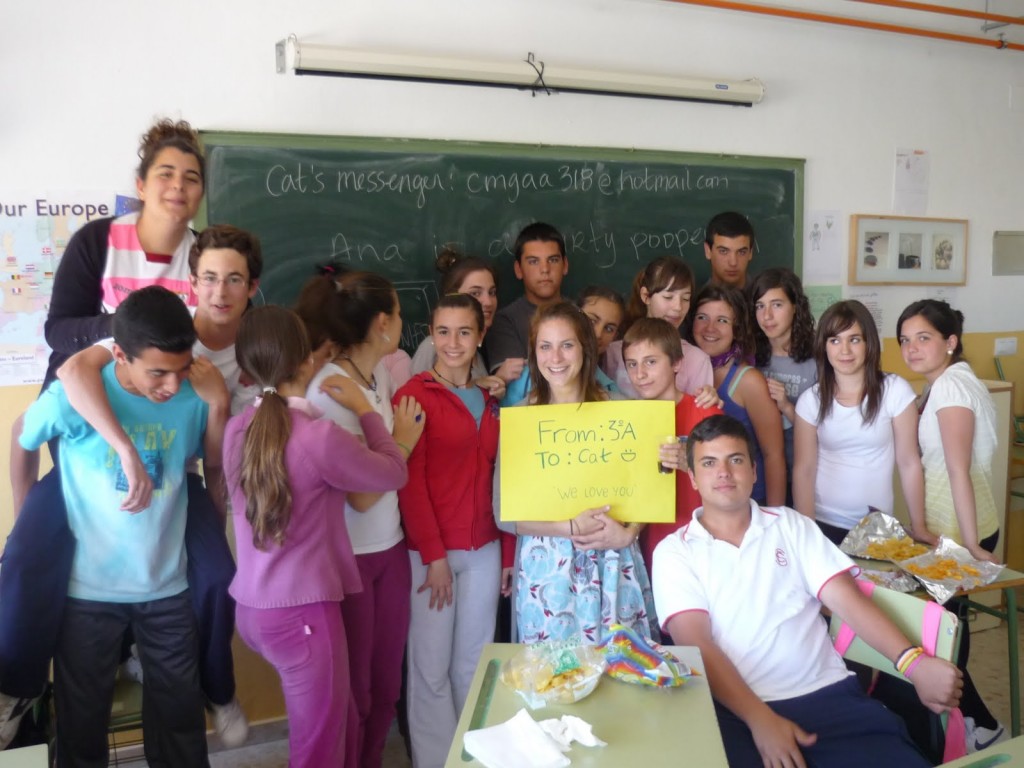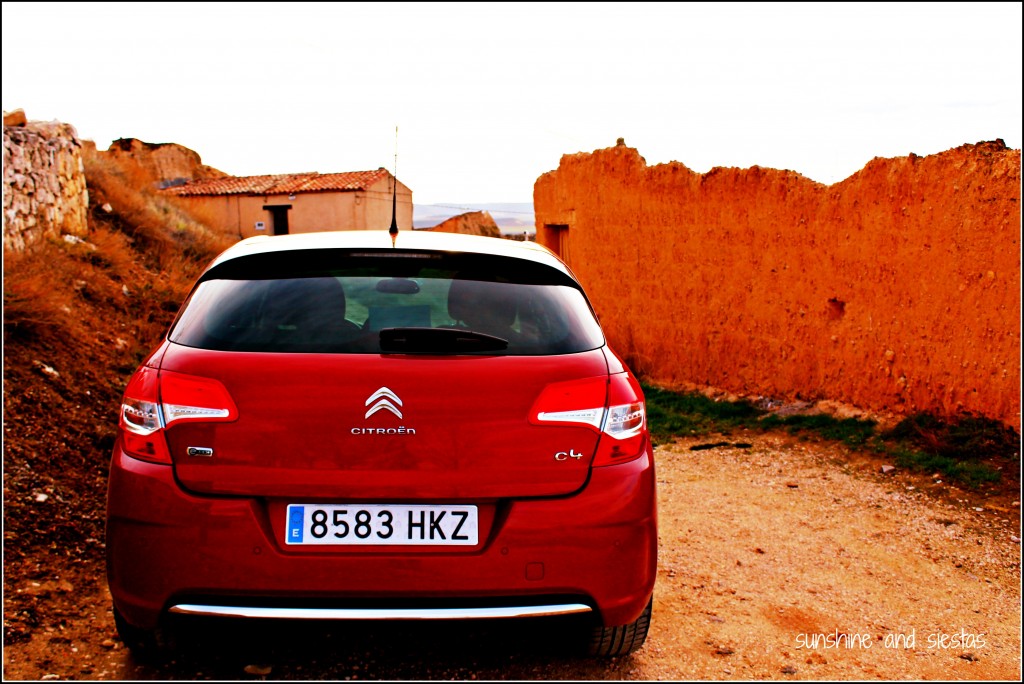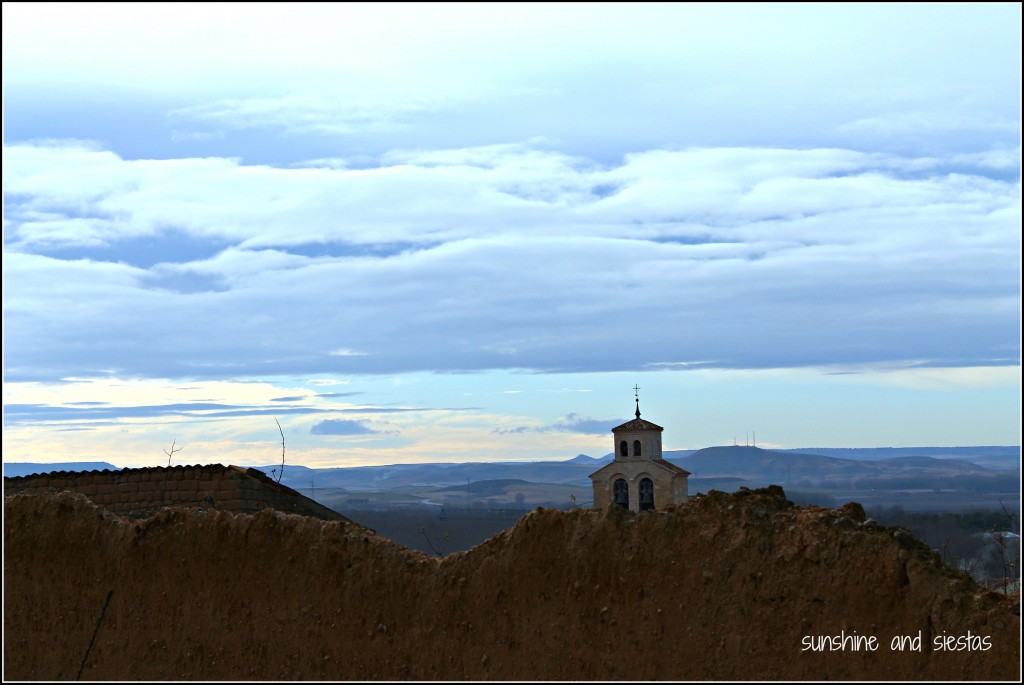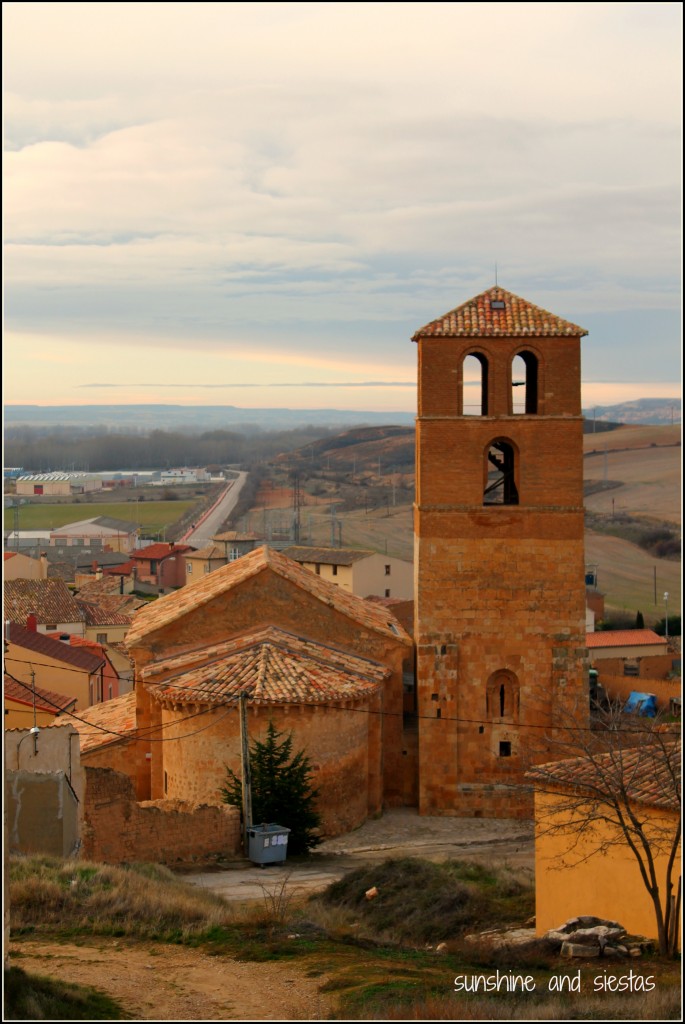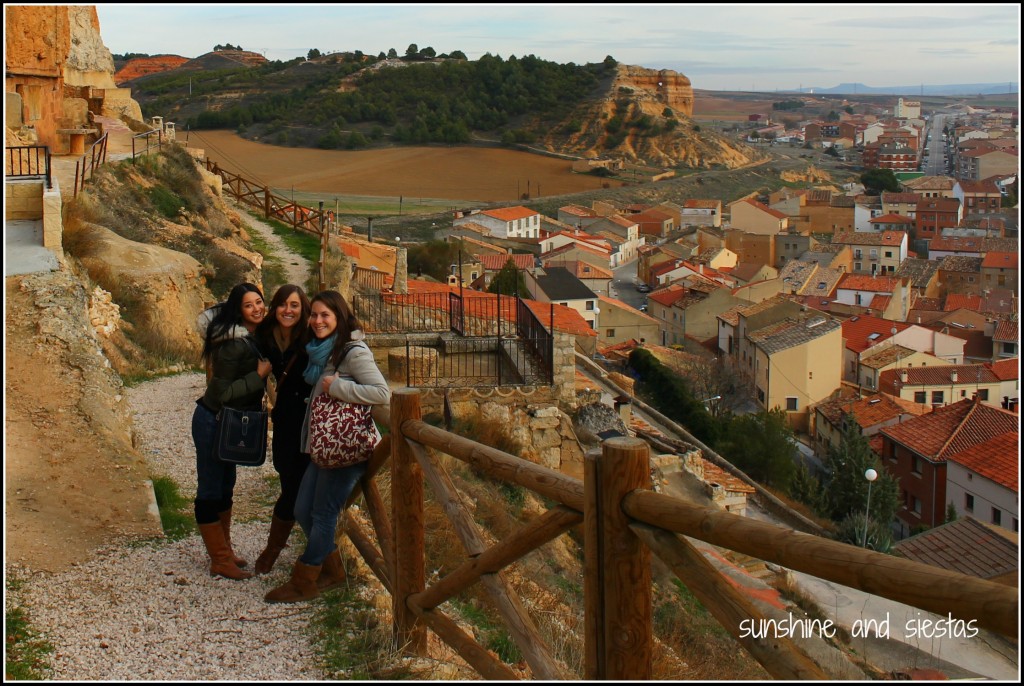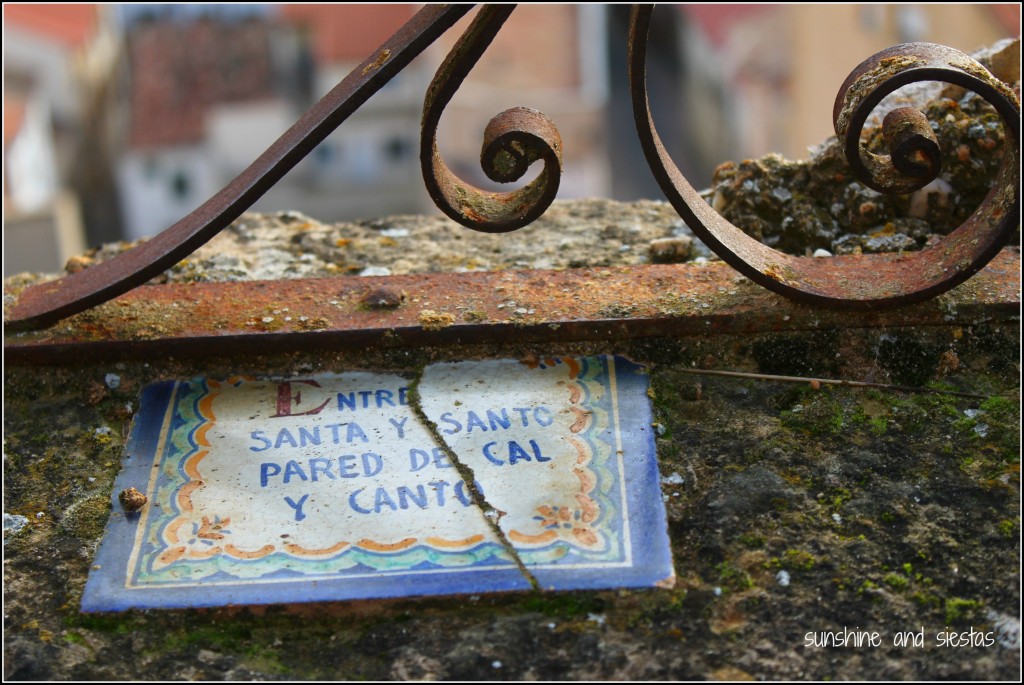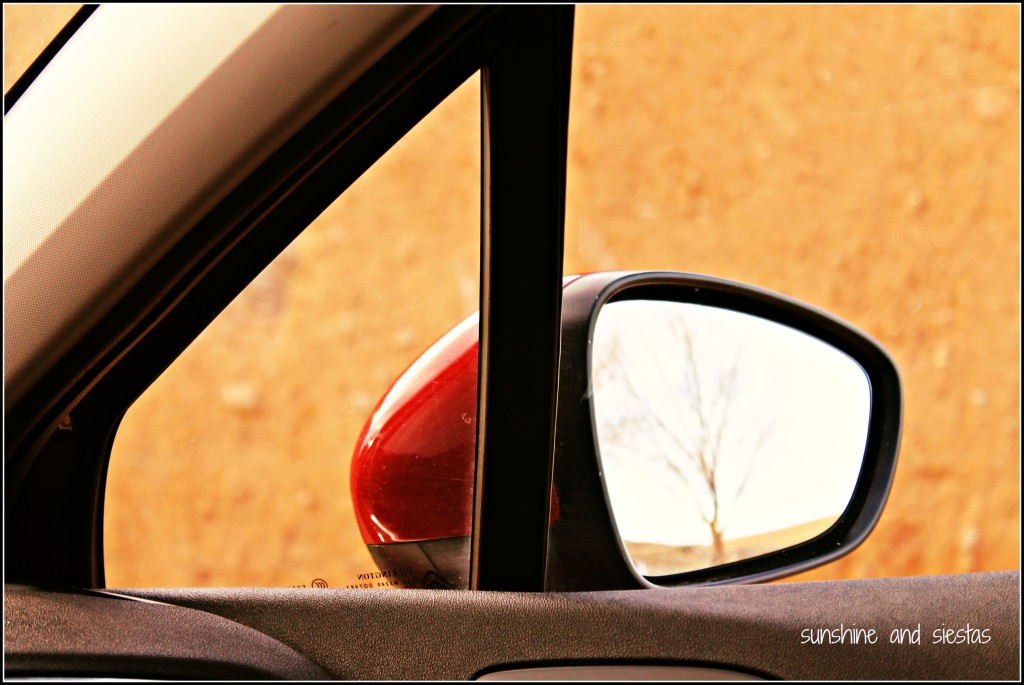Around this time six years ago, I was waiting to receive my visa for Spain. My passport was held hostage, and I ticked off the days before my flight left, bound for Madrid. I recall not knowing if the pit in my stomach was from nerves or just anxiousness to leave and see what it would be like to live in Spain for a year and teach English at a local high school. Look at me now! This post was written by Tamara from Traveling Natural as she prepares to head off to Galicia, one of my favorite parts of Spain.
I started this post AGES ago and by ages, I mean in April, but so many turns of events have happened since then, that it must be re-written. Initially I wanted to inspire the masses of procrastinating future auxiliary language and cultural assistants (which I will refer to as LACAS) with extremely high numbers, of better planning and execution for next year.
But then I decided to take the Peace Corps philosophy of (yes, I have applied to the PC, and probably every awesome program known to twenty something’s that have changed careers a million times already since graduating college, you can read about that here) “hurry up and wait” and see what happens.
First of all why did I apply late? Because I decided that I only wanted to apply to BEDA and take my chances, especially since the ministry program had so many issues last school year. But the coaxing from a friend and the fear of getting waitlisted with BEDA, had me fumbling around PROFEX for over an hour the next day, March 27th to be exact.
Well I received my number–à 3,543
…and thought “This is a complete joke and I’m never getting placement with such a high number!”
A word of advice:
- Apply early! Especially if you have your heart set on living in Madrid ( I actually didn’t)
- Set an alarm on your phone and a reminder in your calendar to apply early!!!
- Apply to more than 1 program
- Wait
Yup! You read número cuatro correctly. Just wait! See what happens. Future LACAS drop out of the program all the time for various reasons and slots open up. Or maybe that’s all you can do since you didn’t follow #3 and only applied to one program.
Well this, my friends, is where the turn of events happened. On June 27th, exactly 3 months to the day I applied, I received placement in Galicia, España!
And according to the website they have placed up to 3,765 LACAS thus far! So there is hope if you are in (or above) the 3500’s!
I actually ended up getting into and accepting the BEDA option instead. So número 3,544 lucky you!
Future LACAS I hope this was helpful to you. If you take away anything, remember to just wait it out…and everything will fall into place! Or in the words of Cat Gaa “it will work out in the end.”
You can catch Tamara blogging over at www.travelingnatural.com. When she is not blogging she is looking to create an extraordinary experience out of this thing called life.
Have any other questions about the auxiliar program? If you’re waiting on a high number, or unsure if the program is for you, why not consider an internationally recognized TEFL degree with job placement help? Mine has been the difference between getting the job or not.



